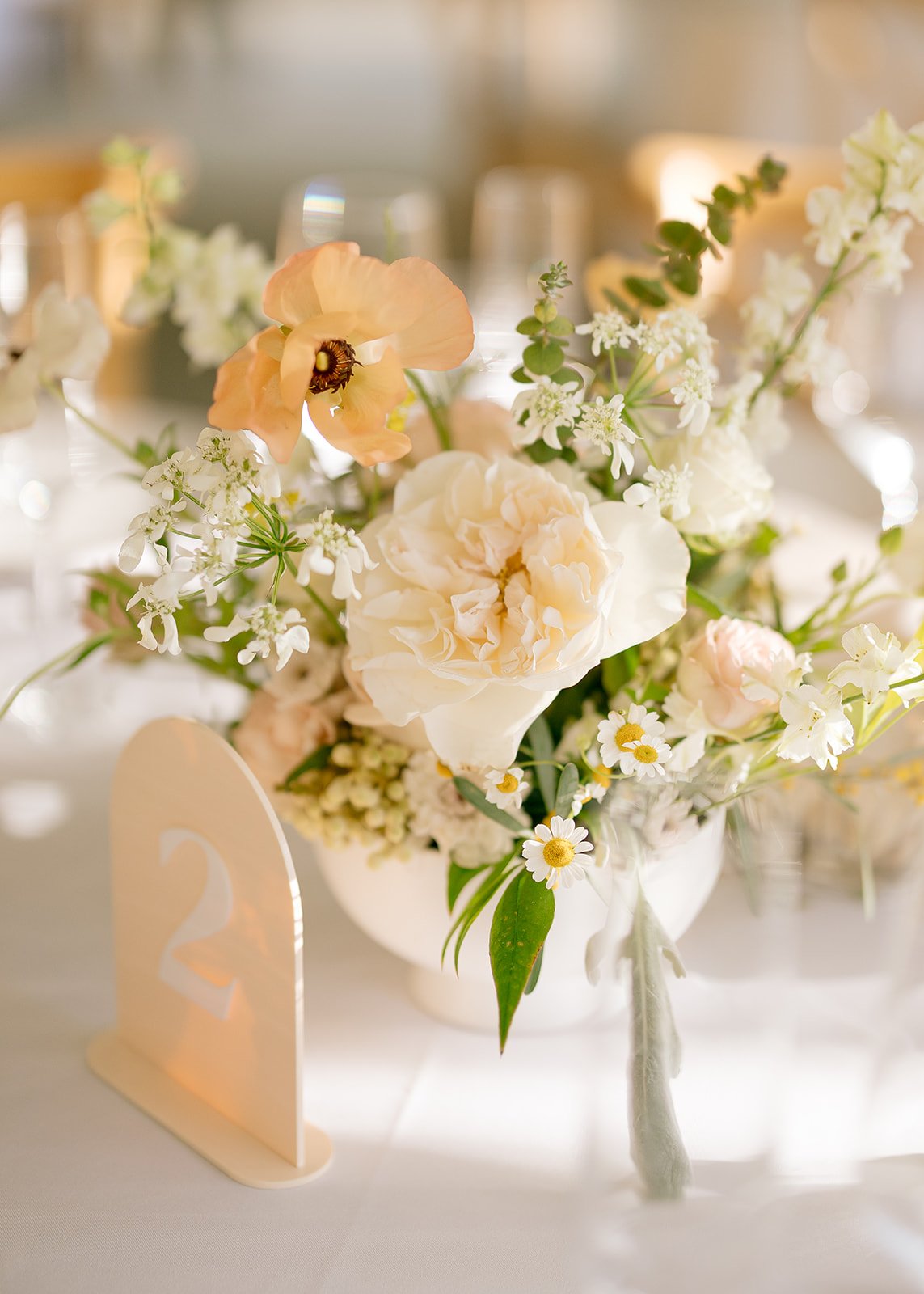Creating Stunning Flower Centerpieces: Chicken Wire vs. Floral Foam
Floral centerpieces are a captivating addition to any event, whether it's a wedding, a special dinner, or a casual gathering. They add a touch of elegance, color, and natural beauty to the ambiance. When it comes to constructing these arrangements, two popular methods stand out: using chicken wire or floral foam. In this blog, we'll explore the advantages and considerations of each approach, helping you make an informed choice for your next floral masterpiece.
The Traditional Choice: Floral Foam
Floral foam, often referred to as oasis foam, has been a staple in the floral industry for decades. It offers several advantages:
Ease of Use: Floral foam is readily available and simple to work with. It provides a stable base for arranging flowers and holds them securely in place.
Water Retention: Oasis foam can hold a significant amount of water, keeping your flowers hydrated for an extended period. This is particularly useful for events that span several hours.
Design Flexibility: Floral foam allows for precise control over the placement and angle of each stem. This precision is essential for creating intricate and symmetrical designs.
However, there are some considerations when using floral foam:
Environmental Impact: Traditional floral foam is not biodegradable and can have a negative impact on the environment.
Limited Reusability: Once floral foam is used, it cannot be easily reused, contributing to waste.
The Eco-Friendly Alternative: Chicken Wire
In recent years, many florists and environmentally conscious individuals have turned to chicken wire as an alternative to floral foam. Here are some reasons why:
Eco-Friendly: Chicken wire is a sustainable choice as it can be reused and recycled. It generates less waste and has a lower environmental impact compared to floral foam.
Stem Support: Chicken wire provides a secure structure for your flower stems while allowing for natural movement and placement. This can create a more organic and free-flowing appearance.
Improved Water Flow: Water can flow more naturally through the gaps in the chicken wire, ensuring better hydration for your flowers.
However, there are factors to consider when opting for chicken wire:
Learning Curve: Working with chicken wire may require some practice to achieve the desired shape and structure.
Hydration Maintenance: While chicken wire allows for good water flow, it's essential to monitor water levels regularly to keep your flowers fresh.
Choosing the Right Option for Your Centerpiece
The decision between chicken wire and floral foam ultimately depends on your preferences, the style of your event, and your environmental values.
Choose Floral Foam If:
You require a precise and symmetrical arrangement.
Longevity is crucial, and the centerpiece needs to last for many hours.
You are comfortable with the disposal or recycling of non-biodegradable materials.
Choose Chicken Wire If:
You prefer an eco-friendly option and wish to reduce waste.
You appreciate a more natural and free-form look in your floral arrangements.
You don't mind spending a bit more time and effort on the setup.
In conclusion, both chicken wire and floral foam have their merits and drawbacks. By understanding your specific needs and considering your environmental impact, you can create stunning flower centerpieces that not only captivate your guests but also align with your values and preferences. Whichever method you choose, your floral centerpiece will undoubtedly add a touch of natural beauty and elegance to your event.

